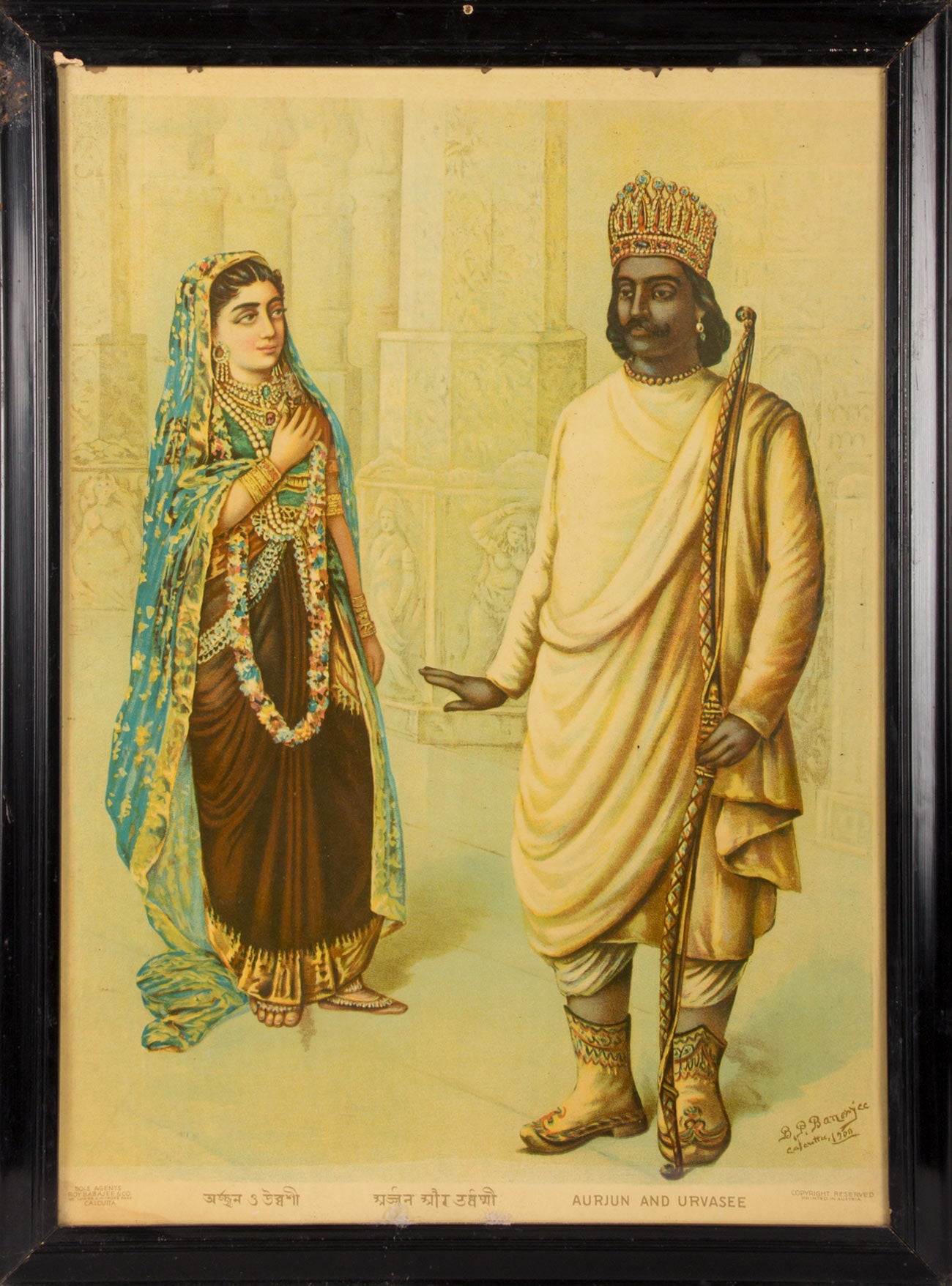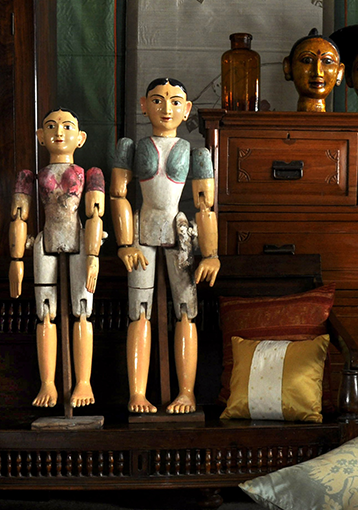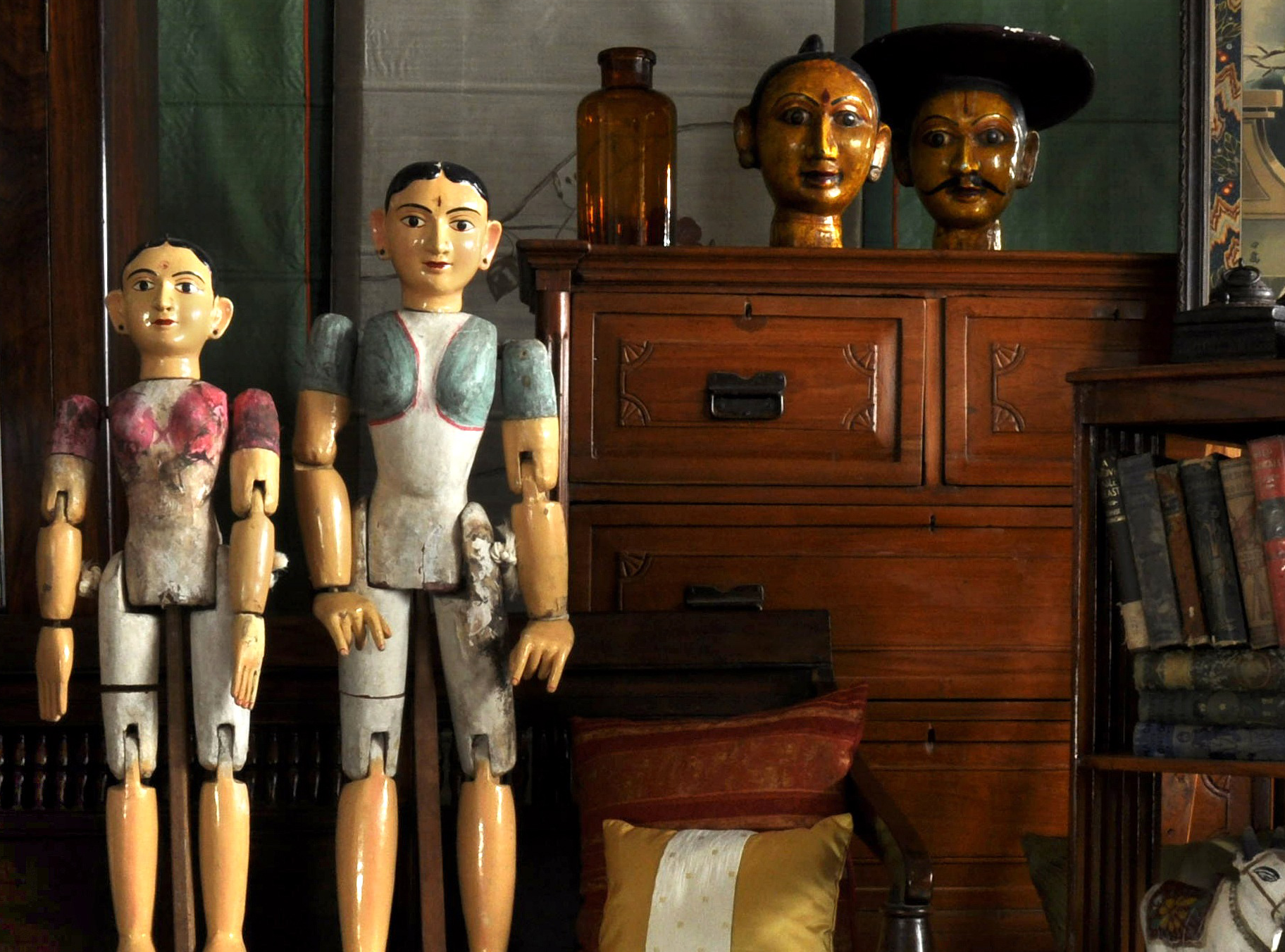- Home
- Arjuna and Urvasee (Urvashi)
Loading...
Arjuna and Urvasee (Urvashi)
All orders are insured for transit.
This item cannot be shipped outside India.
All orders are insured for transit.
This item cannot be shipped outside India.
Details
| Artist: | B.P. Banerjee |
| Size: | 24 x 18 inches (Framed) |
| Condition: | Slight damage to frame |
| Medium: | Oleograph |
| Signature: | Signed by the Artist |
Description
This oleograph or Arjuna and Urvasee is by B.P. Banerjee. It was published in Calcutta in the early 1900s. The size of the artwork is 20 x 14 inches without frame, and 24 x 18 inches with frame. The artwork is in good condition, but the frame is slightly damaged.
-
Description
Read MoreAccording to the Hindu epic Mahabharata, Arjuna was once was invited to his father, Indra's palace, where one of the heavenly maidens, Urvashi (Urvasee) was attracted to him. She tried enticing Arjuna, but he showed restraint out of respect, since she had once been married to his ancestor King Pururava, and hence, Arjuna considered her as a 'mother figure'. Urvashi felt insulted because a mere mortal was able to resist her, and so she cursed Arjuna, that he would become a eunuch and have to live amongst women, dancing and singing, for the rest of his life. Later, upon Lord Indra's request, Urvashi curtailed the curse to a period of just one year.
This oleograph or Arjuna and Urvasee is by B.P. Banerjee. It was published in Calcutta in the early 1900s. The size of the artwork is 20 x 14 inches without frame, and 24 x 18 inches with frame. The artwork is in good condition, but the frame is slightly damaged. -
ABOUT Oleographs
Read MoreOleographs, also called chromolithographs, are multi-colour art prints, stemming from the process of lithography. Pioneered in the 1830s, the process of producing oleographs came into wide commercial use in the 1860s. The technique relied on using several woodblocks or stones with colours for printing, while hand-colouring remained an important aspect as well. Depending on the number of colours present, an oleograph could take months to produce by very skilled workers. Poor preservation and cheaper printing alternatives have made oleographs hard to find. Today, they are mainly used as fine art.
-
Details
Artist: B.P. Banerjee Size: 24 x 18 inches (Framed) Condition: Slight damage to frame Medium: Oleograph Signature: Signed by the Artist -
Returns
We accept returns within 7 days of delivery if the item reaches you in damaged condition. -
Shipping
Shipping costs are extra, and will be calculated based on the shipping address.All orders are insured for transit.
This item cannot be shipped outside India.
This item has been added to your shopping cart.
You can continue browsing
or proceed to checkout and pay for your purchase.
This item has been added to your
shopping cart.
You can continue browsing
or proceed to checkout and pay for
your purchase.
This item has been added to your wish list.
You can continue browsing or visit your Wish List page.
Are you sure you want to delete this item from your Wish List?
Are you sure you want to delete this
item from your Wish List?


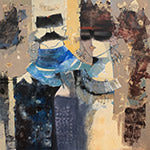
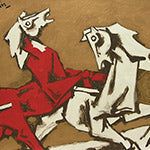

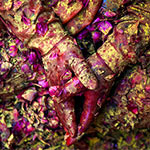
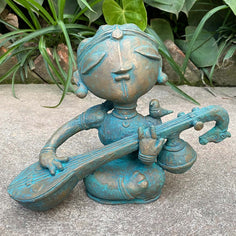
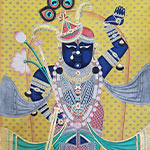
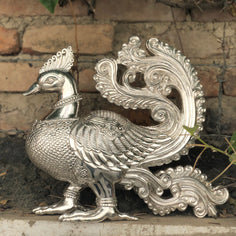
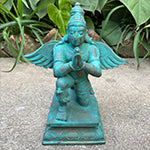
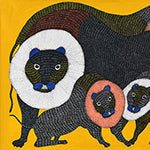
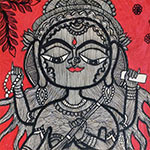
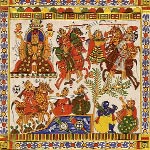
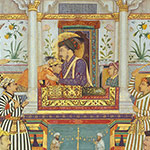
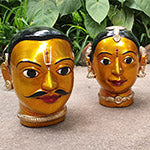

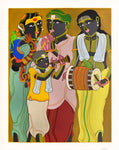
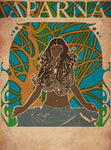
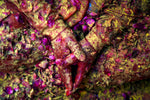
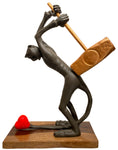
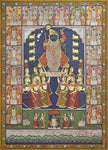
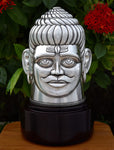



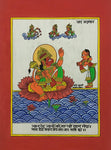
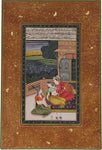
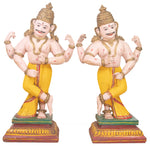
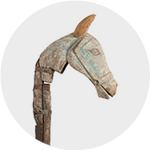
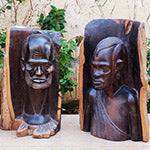
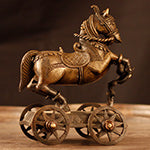
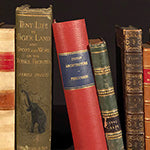
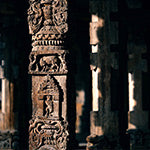
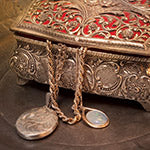
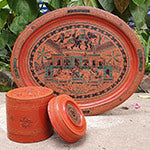
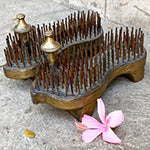
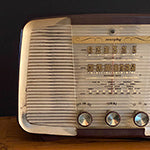
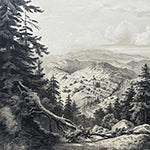

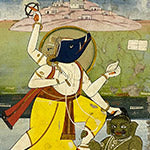
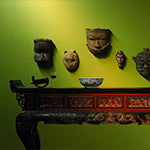
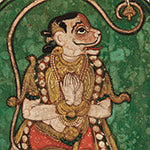

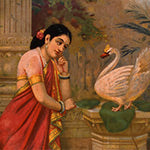
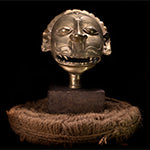
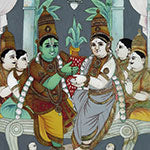
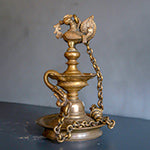
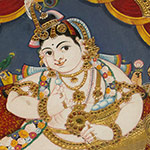
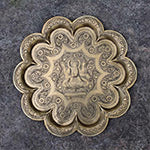
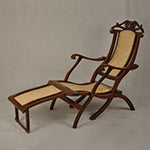
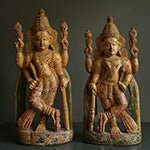


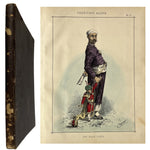

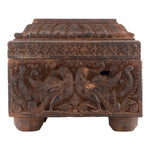
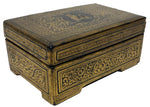
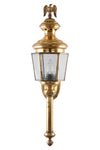

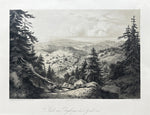


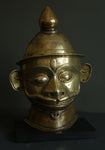
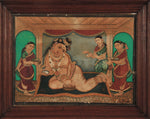
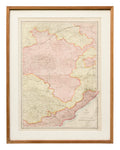
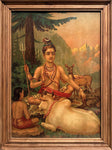

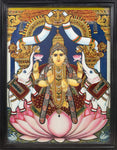

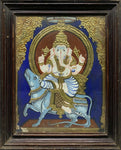
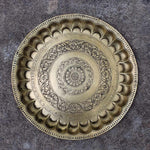
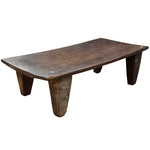
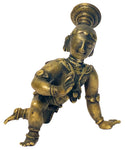


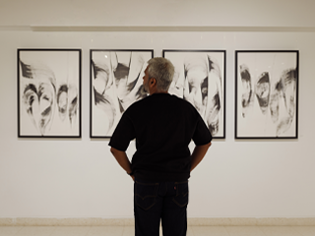
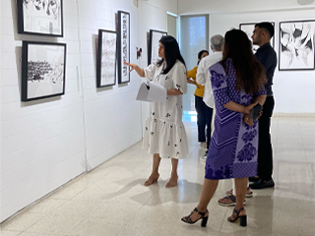
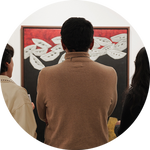
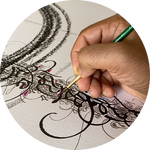


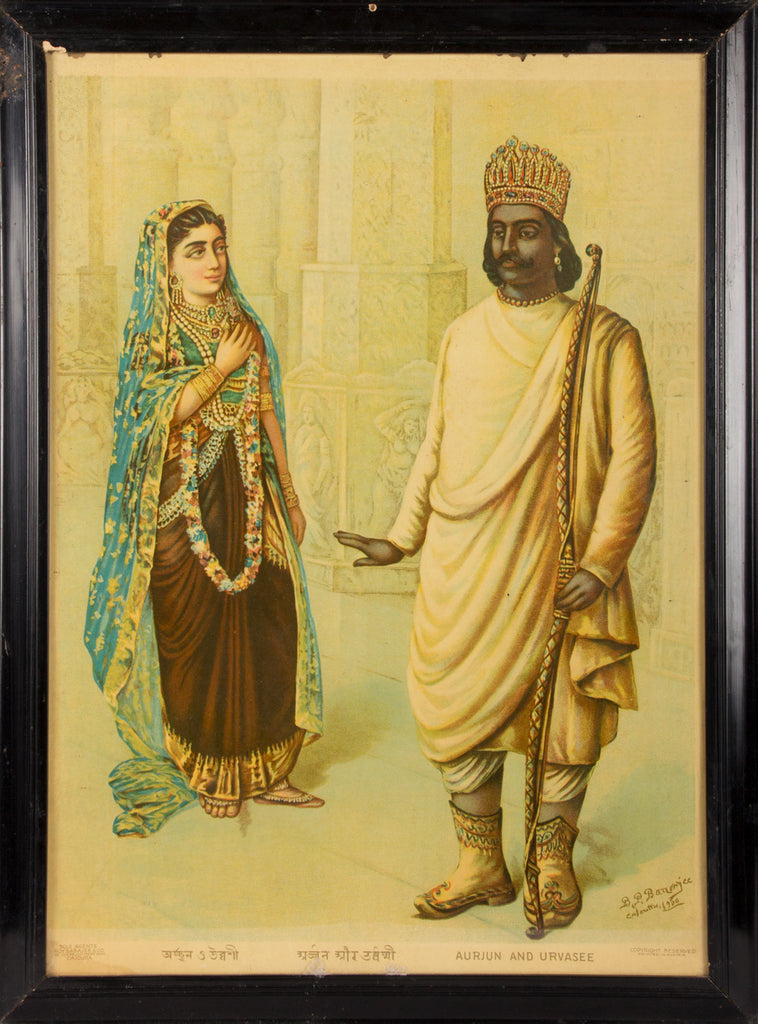
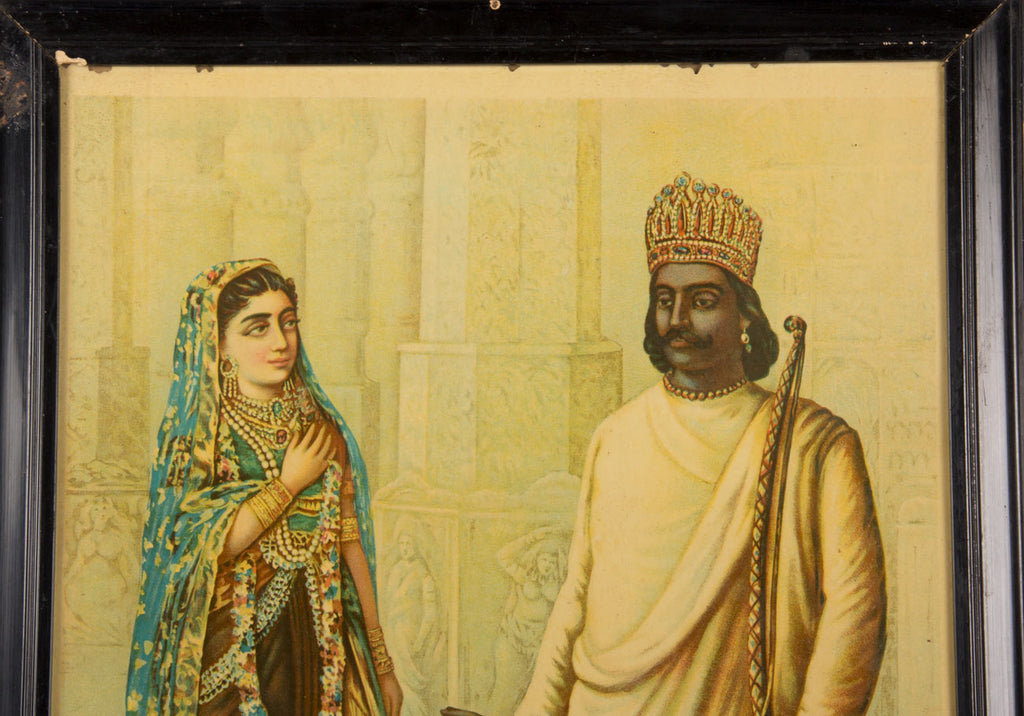
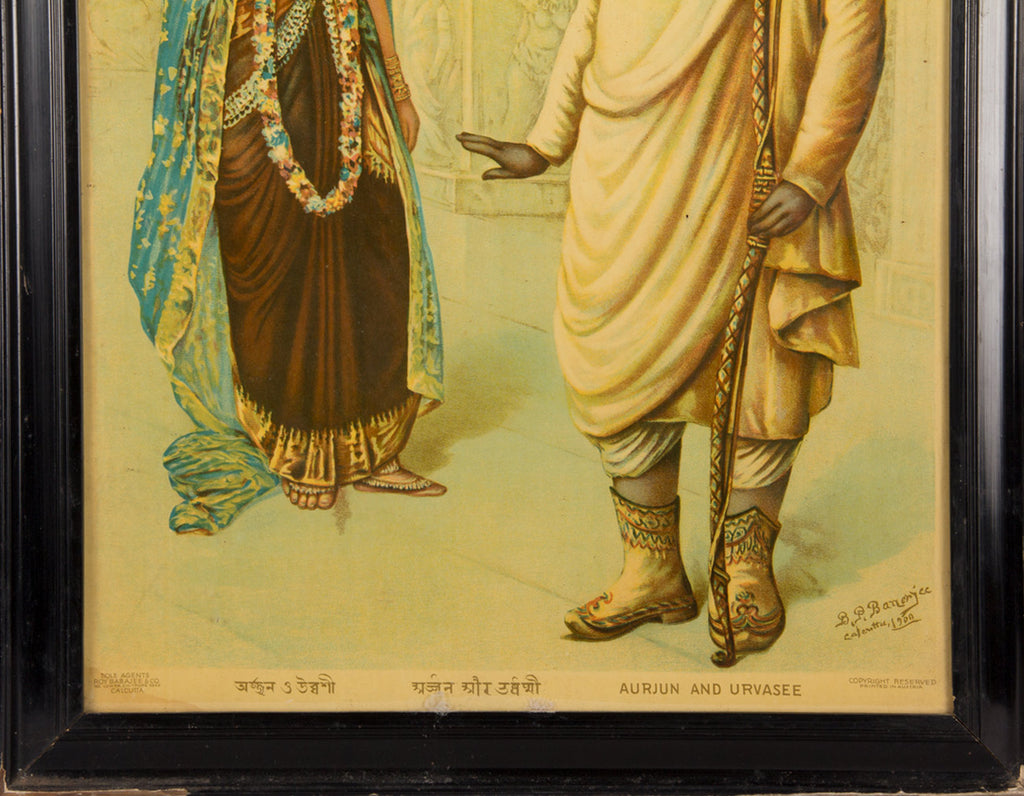
 View Full Screen
View Full Screen
